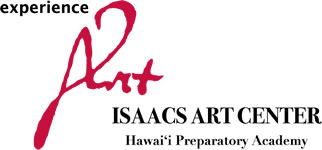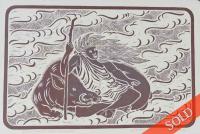Dietrich Varez (1939-2018)
Varez was born in Berlin, Germany, at the start of World War II. His father was Friedrich Donat, an architect and engineer of Lithuanian heritage, whom Varez has said was a Nazi who worked on military construction. His mother, Ursula, was a Polish-Swedish translator of English. As the war ended, Varez's father left his family to fend for themselves and he went into hiding from occupation forces, a period Varez has said was "pure misery". Ursula divorced Donat in 1947. In 1948, she married U.S. Army Sgt. Manuel Varez, who adopted her sons, Dietrich and Christian, and brought the family to his home in Oahu, Hawaii. Dietrich graduated from President Theodore Roosevelt High School in Honolulu and from the University of Hawaii with a degree in English. He enlisted in the U.S. Army in 1962, earning the rank of second lieutenant, and then served in the Army Reserves in Honolulu while earning a master's degree in English at the University of Hawaii. He married Linda Denneberg, a native of California who had come to Hawaii as a competitive surfer and stayed to become an artist, in 1965. Varez, with his wife and recently born son, moved to the Big Island in 1968 after purchasing a 9-acre property near Kilauea Volcano, sight unseen. For several years, the family lived in cabins at the Hawaii Volcano National Park, or in a tent on their land, supported by Varez's groundskeeping job at a nearby golf course or as a bartender for the Volcano House, the 1877 lodge in the National Park overlooking the caldera of Kilauea Volcano. He supplemented his earnings by carving firewood scraps with the image of Pele, Goddess of the volcano, which he sold at the bar, and later he made woodblock prints, mostly giving them away but selling some in the lodge gift shop. In 1974, the nonprofit Volcano Art Center opened, providing increased visibility for his work. Varez prints became increasingly popular, eventually allowing Varez to earn a living as an artist.
Contrary to the usual practice among printmakers, he refuses to limit his editions, printing until a block is exhausted. He dates his prints according to when the print was struck, not, as is customary, when the block was carved. These individualistic practices may have limited the value of his work to collectors, but Varez has said he is committed to staying outside the artificial boundaries of art world conventions. "The printmaking business needs some new blood and new traditions,” he has been quoted as saying.
courtesy of Wikipedia


